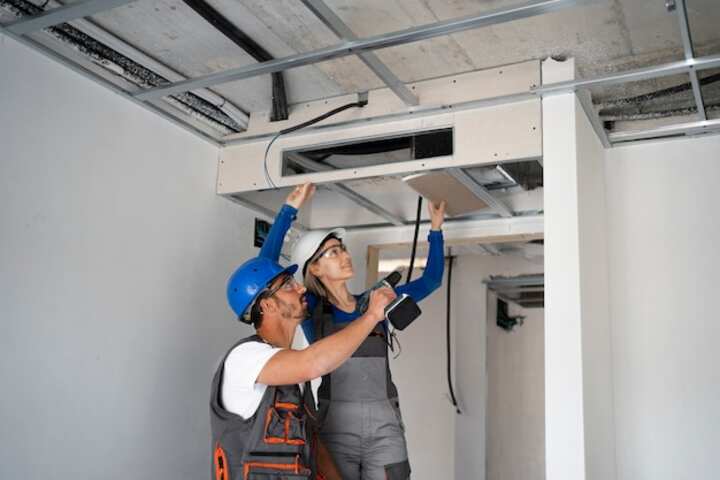
Expert HVAC Mold Cleaning and Remediation Services
Mold growth within HVAC systems poses significant health and safety risks. Mold spores can spread through the air ducts, leading to respiratory issues and other health complications. Proper mold cleaning and remediation for HVAC systems are crucial to maintaining a safe and healthy indoor environment. This article provides an in-depth look into expert HVAC mold cleaning and remediation services, highlighting their importance, process, and benefits.
Understanding HVAC Mold Contamination
Mold contamination in HVAC systems can occur due to several factors. Moisture buildup, poor ventilation, and inadequate maintenance are primary contributors. Mold can thrive in the damp and dark environments of air ducts and can quickly spread throughout a building.
Common Causes of Mold in HVAC Systems
- Poor ventilation and airflow.
- High humidity levels in the building.
- Leaking or faulty HVAC components.
- Infrequent maintenance and cleaning.
For further details on the causes of mold in HVAC systems, read more about this topic.
The Importance of Professional Mold Remediation
Professional mold remediation ensures that mold is effectively removed and that it does not reoccur. This process involves thorough inspection, cleaning, and preventive measures to mitigate future growth.
Key Benefits of Professional HVAC Mold Remediation
- Improved indoor air quality.
- Reduced health risks associated with mold exposure.
- Enhanced efficiency and lifespan of HVAC systems.
- Compliance with health and safety regulations.
Learn more in this detailed guide about the advantages of professional mold remediation services.
The Mold Remediation Process
The mold remediation process for HVAC systems is methodical and involves several critical steps to ensure complete removal and prevention.
Steps Involved in HVAC Mold Remediation
- Inspection and Assessment: Identifying mold presence and determining the extent of contamination.
- Containment: Preventing the spread of mold spores to other areas during cleaning.
- Filtration: Using high-efficiency particulate air (HEPA) filters to capture airborne spores.
- Cleaning and Disinfection: Using specialized cleaning agents and techniques to remove mold from all affected components.
- Prevention Strategies: Implementing measures such as improving ventilation and controlling humidity to prevent recurrence.
For a comprehensive overview of the mold remediation process, explore further insights here.
Preventive Measures to Avoid Mold Growth
Preventing mold growth in HVAC systems requires regular maintenance and proactive measures. These actions help ensure the system operates efficiently without fostering mold-friendly conditions.
Effective Strategies for Mold Prevention
- Regular inspection and maintenance of HVAC components.
- Ensuring proper ventilation throughout the building.
- Using dehumidifiers to maintain optimal humidity levels.
- Promptly addressing any leaks or moisture issues.
Find additional information here on preventive measures to maintain mold-free HVAC systems.
Conclusion
Expert HVAC mold cleaning and remediation services play a vital role in safeguarding health and ensuring a safe environment. By understanding the causes of mold contamination, the importance of professional remediation, and effective preventive measures, building owners can maintain a healthy indoor atmosphere and enhance the longevity and efficiency of their HVAC systems.